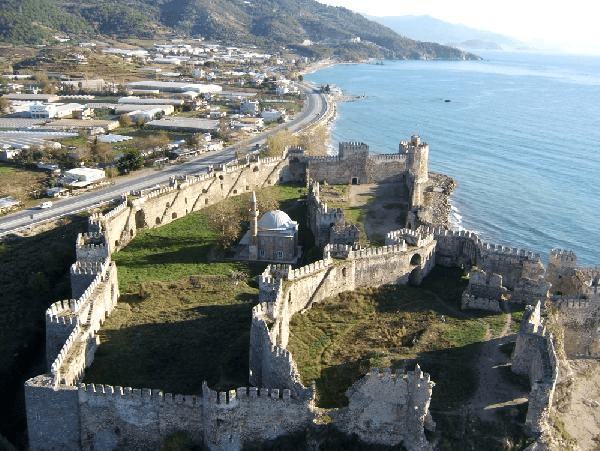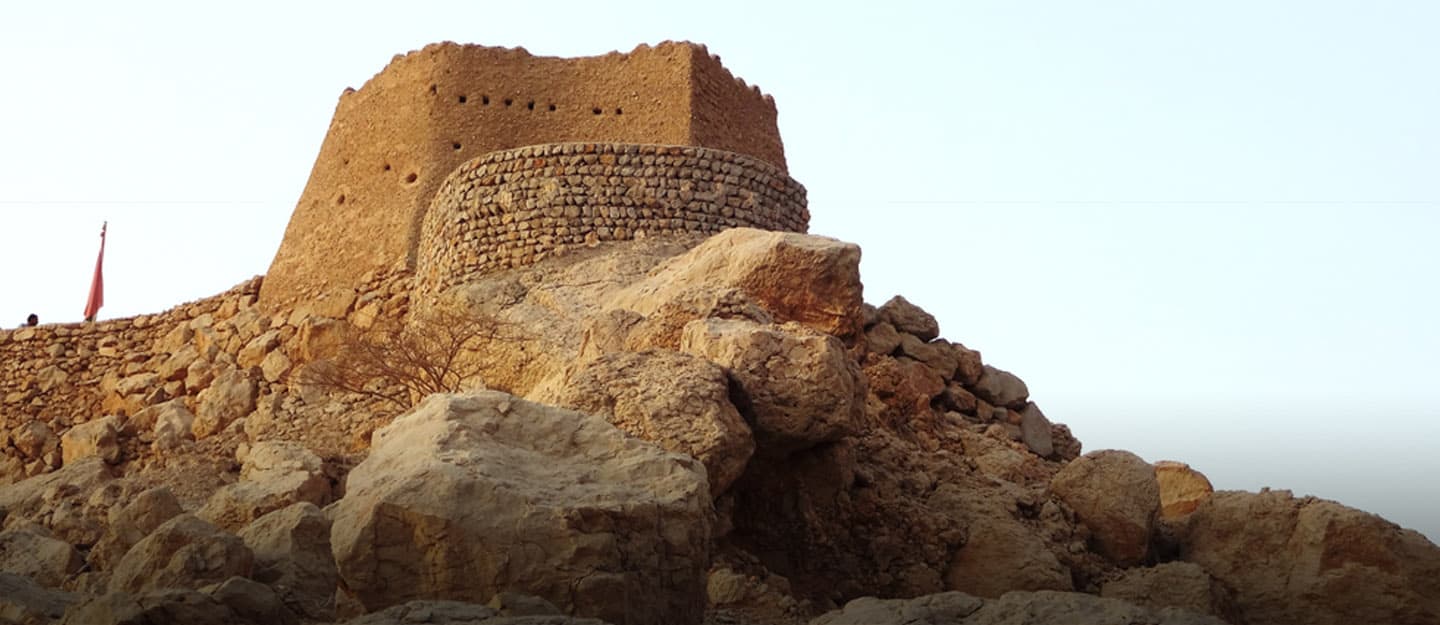Islamic military architecture and its characteristics,
It is the architecture that was established for defensive and military purposes,
in order to protect the borders and outskirts of the Islamic State from the dangers of invasion, Crusades, and others.
Military architecture is a kind of massive architectural shield that repels enemy dangers.
Islamic military architecture
There are many forms of Islamic military architecture, including walls and gates,
which were built to protect cities or castles and fortresses.
The gates are also an essential part of the fences and are used in defense and attack because there are drops,
holes for throwing scorching liquids, and mandrels for throwing arrows at attackers.
In addition to the towers, which are a military building that may take the form of a square or round and be in a prominent position above the walls.
There are also forts, and they are in an empty space and there are no civilians in it,
while the fortress differs from the castle, as the fortress has civilians.
As for Rabat, which is a type of military and religious building at the same time; therefore,
the West compared them to fortified monasteries, and most of them are found in North Africa.
Islamic military architecture also includes forts, a large building known for its high walls and relatively massive towers.
Through it, there are nozzles for cannons, and there are many facilities inside,
which help to withstand for long periods of time in front of the siege.
Such as stores for ammunition and food, housing for soldiers, wells for keeping water,
a residence for the governor, and a mosque for prayer, in addition to prisons and detention centers.

The impact of the environment on Islamic military architecture
There is a close connection between the two.
The Muslim architect took advantage of high places such as mountains and cliffs to build castles and forts on them.
He also built castles near the seas in order to defend the ports of the Islamic State,
and the environment also had a significant impact on the use of building materials from the surrounding environment such as wood, stones and silt.

Characteristics of Islamic military architecture
The Islamic military architecture was distinguished from others by the luxury,
thickness and strength of the military architecture, given the function it performs,
which is to repel the attacks of the armies.
There are also special architectural elements that distinguished it from others,
such as arrows for throwing arrows and throwing incendiary materials.
And architectural forms specific to military architecture, such as towers,
and military architecture was also characterized by a lack of decoration.
There are also other uses for Islamic military architecture other than its military function,
as there are many functions performed by military architecture, including war, civil and religious, such as ligatures.

In the beginning, it was established as a warlike activity and was used for worship and mysticism.
It was also used as trading stations and warehouses for keeping food and supplies.
And postal stations as well. It also supervised the security of roads and the conduct of commercial operations administratively,
in addition to preserving horses and livestock, as well as conserving water in tanks and tanks.
You may like: Industrial Design: 4 Attributes of Modern Engineering
